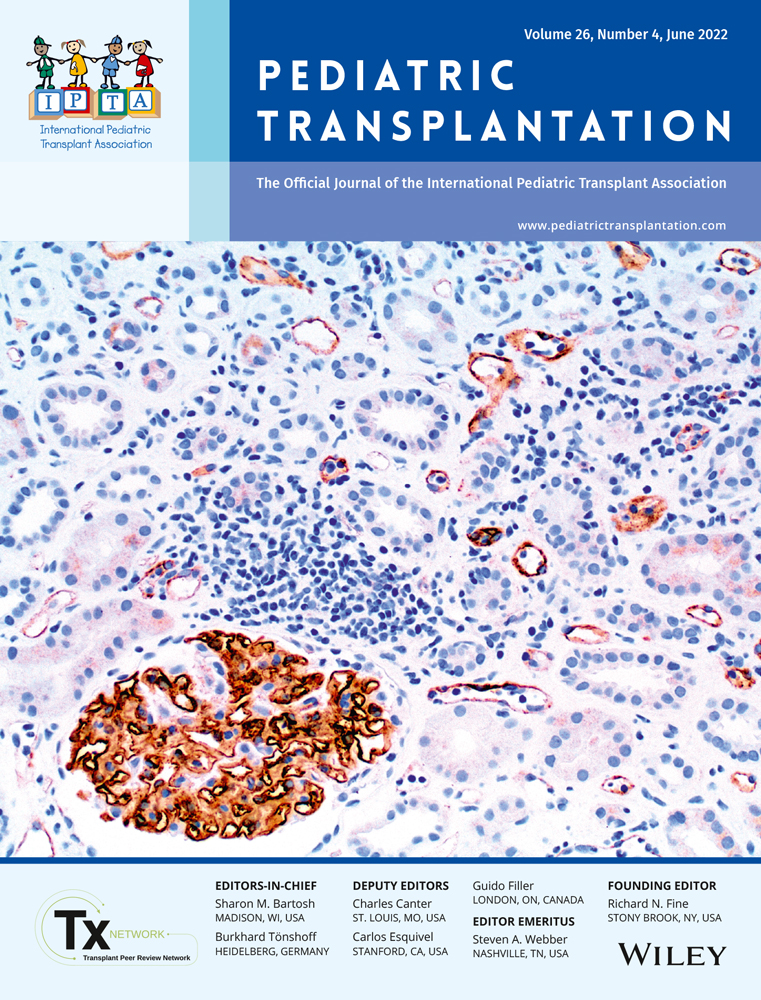Reappraisal of liver transplantation for erythropoietic protoporphyria: A deadly combination of disease recurrence and biliary complication
Funding information
None.
Abstract
Background
Erythropoietic protoporphyria (EPP) is a rare inherited disorder that causes the accumulation of protoporphyrin in the erythrocytes, skin, and liver. Severe protoporphyric hepatopathy results in liver failure, requiring both liver and bone marrow transplantation as a life-saving procedure and to correct the underlying enzymatic defect, respectively.
Case presentation
We report a 20-year-old man who underwent split liver transplantation using a right trisegment and caudate lobe graft for EPP-induced liver failure, but succumbed to a deadly combination of early relapse of EPP and subsequent, intractable, late-onset bile leakage from the cut surface of segment 4. EPP recurrence most likely created a high-risk situation for bile leakage from the non-communicating bile ducts of segment 4; therefore, this case shed light on the potential relationship between EPP recurrence and biliary complications.
Conclusion
Physicians should recognize the potentially rapid and life-threatening progression of protoporphyric hepatopathy that leads to liver failure. For young patients with EPP, LT and sequential BMT should thoroughly be considered by a multidisciplinary team as soon as hepatic reserve deterioration becomes evident. Split liver transplantation should preferably be avoided and appropriate post-transplant management is critical before protoporphyrin depositions to the bile duct and hepatocyte causes irreversible damage to the liver graft.
CONFLICT OF INTEREST
The authors of this manuscript have no conflicts of interest to disclose as described by the Pediatric Transplantation.
Open Research
DATA AVAILABILITY STATEMENT
The data that support the findings of this study are available on request from the corresponding author. The data are not publicly available due to privacy or ethical restrictions.




